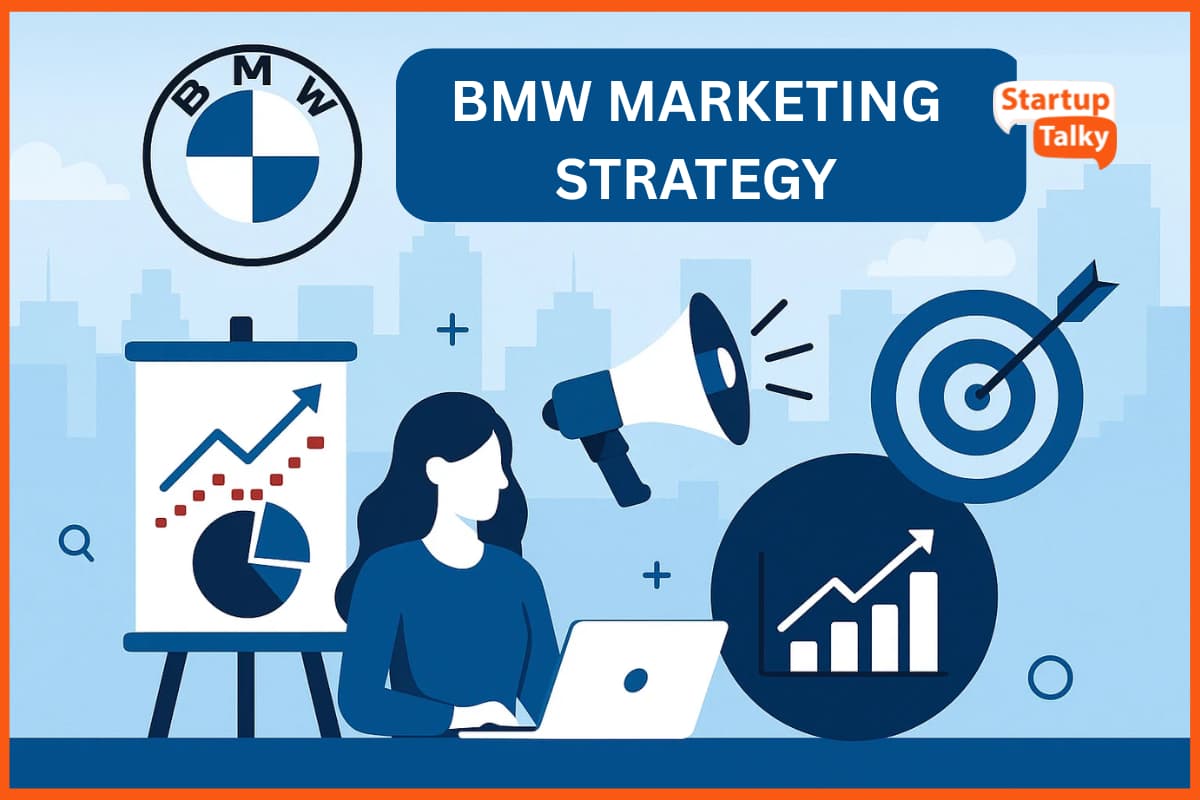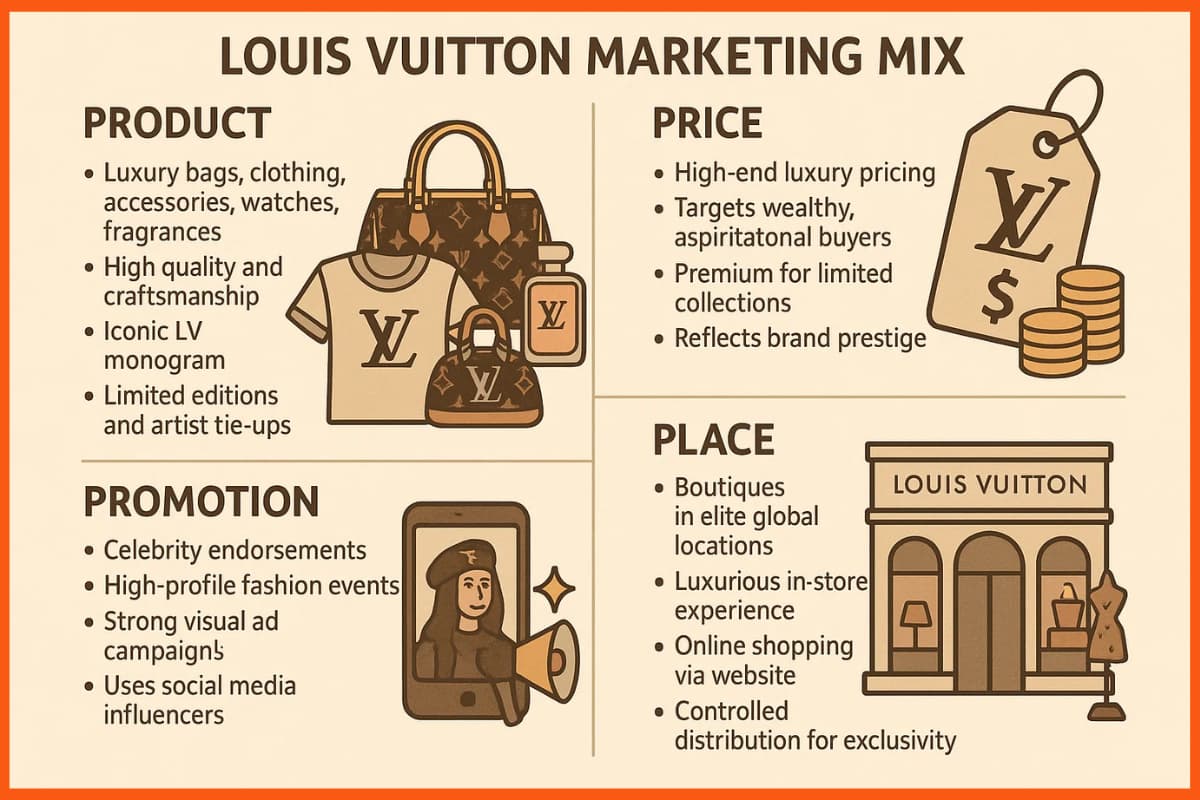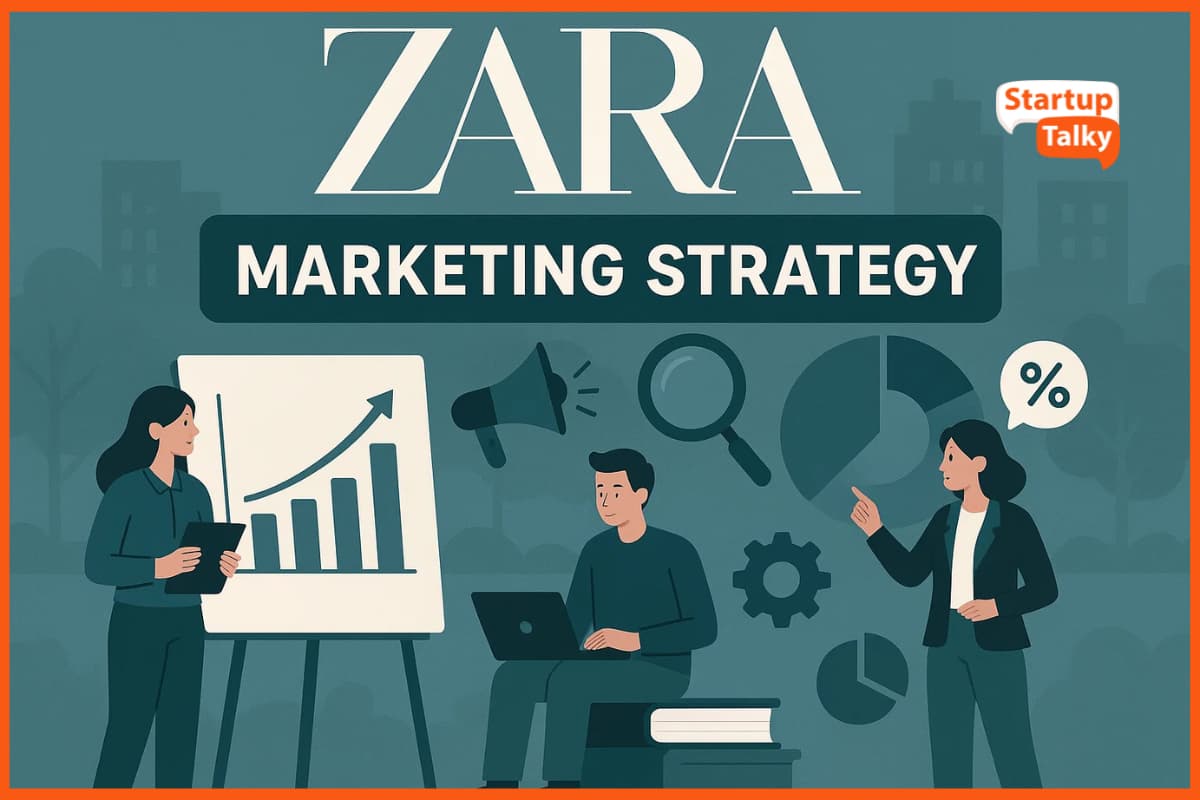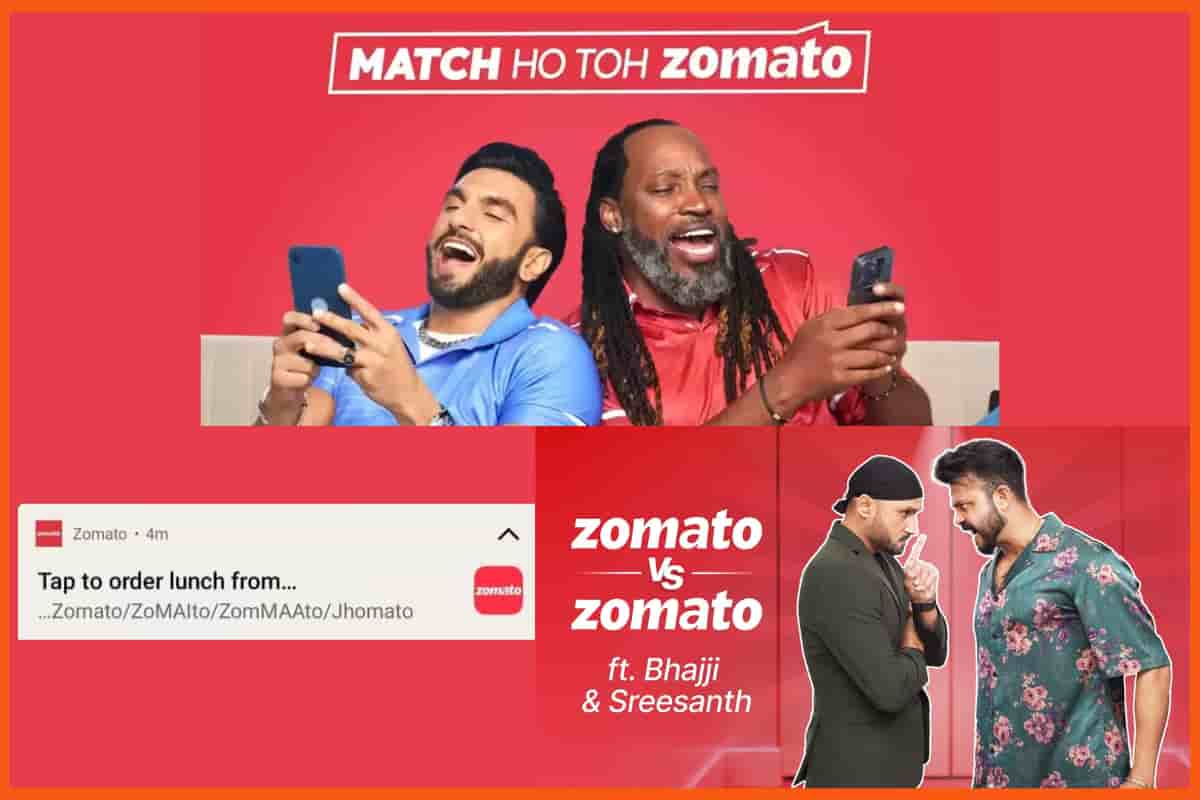For nearly a century, the name Bentley has been associated with unmatched performance and exquisite craftsmanship in the automotive sector. The company was established on July 10, 1919, by the visionary W.O. Bentley, and it has made an enduring impression on the luxury automobile industry. When you catch sight of the iconic “Big B” emblem, you know you’re in the presence of automotive greatness.
The letter B is entwined with two regal flying wings in the Bentley logo, which perfectly captures the brand’s core values of speed and elegance. Their cars are renowned for their meticulously crafted interiors, where no detail is overlooked. Each piece of wood used in the cabin is sourced from a specific tree to ensure a uniform and stunning pattern. The sumptuous leather adorning the seats and panels is of the highest quality, providing an unparalleled sensory experience.
Bentley has released outstanding models over the years that have won the hearts of enthusiasts all over the world. The Arnage, the Azure, and the Continental are just a few examples of their previous masterpieces. The Continental GT, a car that has even found a place in the prestigious Dubai police fleet, is among the iconic vehicles in their lineup today, along with the Mulsanne, Flying Spur sedan, Bentayga SUV, and many others.
With a focus on excellence, Bentley has achieved remarkable success in the market. Global sales figures have soared, with revenues exceeding two billion euros in 2016 and climbing to just under 3.38 billion euros in the 2022 fiscal year. Bentley, though a wholly owned subsidiary of the German Volkswagen AG, has maintained its manufacturing base in Great Britain, preserving its rich heritage. In January 2022, Bentley proudly joined Volkswagen’s Premium brand group under the Audi Group, strengthening its position as a global powerhouse.
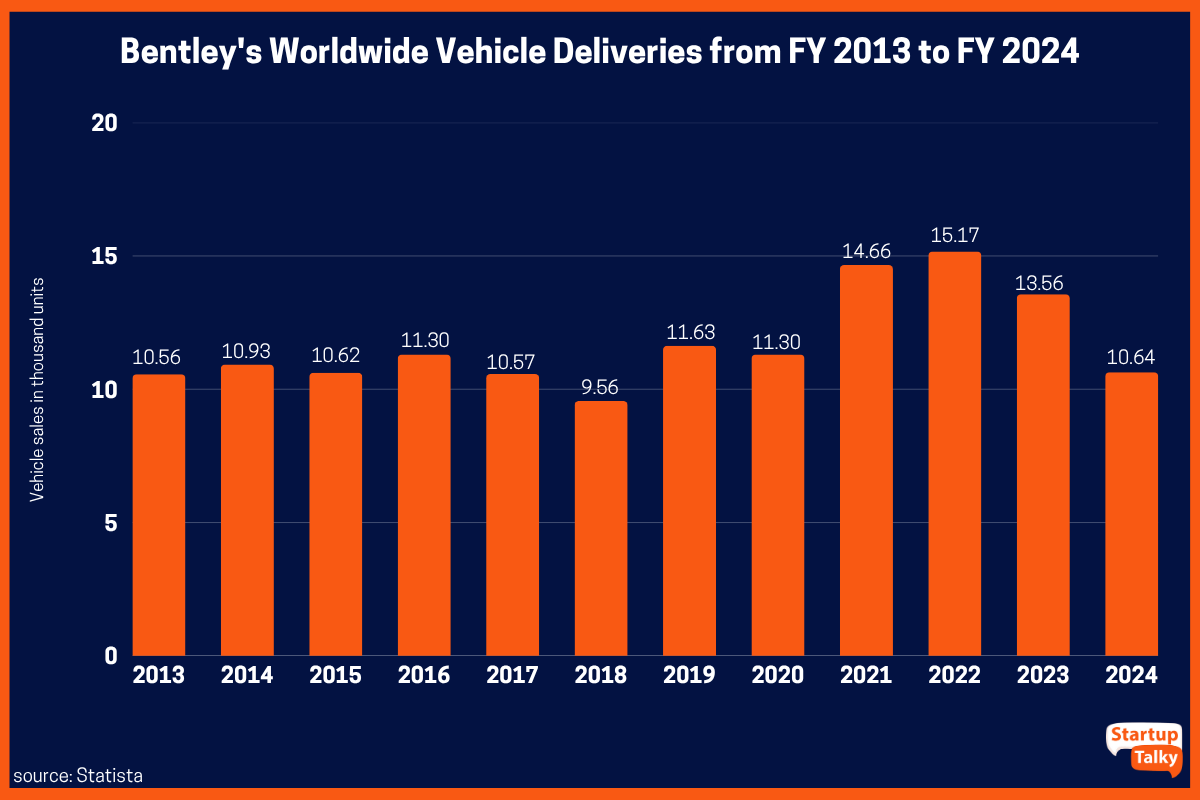
Behind Bentley’s triumph lies a meticulous and innovative marketing strategy. The brand’s commitment to handcrafted luxury and superior performance has resonated with discerning customers seeking the ultimate automotive experience. By blending traditional craftsmanship with cutting-edge technology, Bentley has managed to capture a significant market share and establish itself as a benchmark for luxury and refinement.
Bentley Target Market
Bentley Marketing Mix
Bentley Marketing Campaigns
Bentley Marketing Strategies
Bentley Target Market
Bentley’s target audience comprises affluent individuals seeking the pinnacle of luxury and performance. This exclusive demographic includes high-income individuals who appreciate craftsmanship, attention to detail, and a seamless blend of power and elegance. Geographically, Bentley focuses on key luxury markets in North America, Europe, the Middle East, and Asia. The brand appeals to entrepreneurs, business executives, and celebrities who desire a vehicle that reflects their success and sophistication. Bentley’s target audience values the brand’s heritage, its commitment to handcrafted excellence, and its ability to marry tradition with modernity.

Bentley Marketing Mix
Bentley has not only captured hearts with its exquisite craftsmanship and performance but has also mastered the art of effective marketing. A successful marketing strategy requires a well-balanced and comprehensive marketing mix, and Bentley exemplifies this with finesse.

Product
Bentley cars are meticulously designed and crafted to perfection, embodying a harmonious blend of power, elegance, and timeless beauty. The brand’s commitment to using only the finest materials and employing traditional handcrafted techniques sets it apart from competitors. Each Bentley model represents the pinnacle of automotive engineering and is a testament to the brand’s relentless pursuit of excellence.

Price
Bentley’s pricing strategy reflects the exclusivity and prestige associated with the brand. The price tags attached to Bentley cars are a reflection of the craftsmanship, luxury, and performance they offer. Bentley positions itself as a high-end luxury brand, catering to an affluent clientele that values exceptional quality and is willing to invest in a truly extraordinary driving experience. The premium pricing strategy not only maintains the brand’s exclusivity but also ensures that Bentley remains synonymous with luxury and opulence.
Place
To ensure accessibility to its target market, Bentley strategically places its dealerships in key luxury markets around the world. The brand’s distribution network spans across continents, enabling potential customers to experience the Bentley brand firsthand. Bentley’s showrooms exude elegance and provide an immersive environment where customers can explore the craftsmanship, customization options, and cutting-edge technology that define the brand.
Promotion
Bentley’s promotional efforts are carefully curated to evoke desire and create a sense of aspiration among its target audience. The brand leverages a multi-faceted approach, utilizing traditional advertising, strategic partnerships, and digital platforms to reach potential customers. Bentley’s marketing campaigns are characterized by sophistication, elegance, and a celebration of automotive craftsmanship. They often feature collaborations with renowned artists, designers, and celebrities, further enhancing the brand’s allure and captivating the imaginations of consumers.
Bentley’s marketing mix serves as a blueprint for success in the luxury automotive industry. Bentley has established itself as a symbol of automotive excellence, capturing the hearts and minds of discerning customers worldwide.
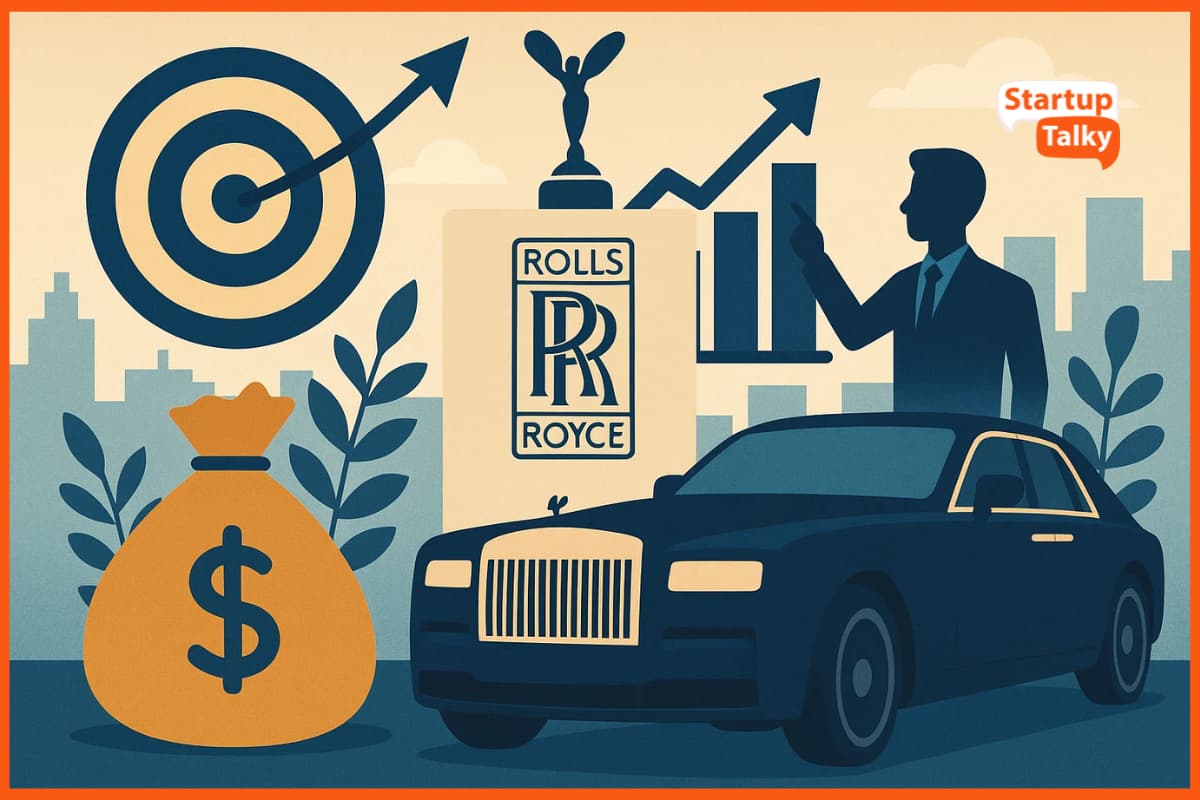
Bentley Marketing Campaigns
Bentley has masterfully executed a series of captivating marketing campaigns that have solidified its position as a leader in the luxury automotive industry. These campaigns showcase the brand’s commitment to excellence, craftsmanship, and the artistry behind each Bentley vehicle.
One notable campaign by Bentley was the Be Extraordinary campaign. This campaign aimed to inspire individuals to embrace their unique qualities and aspire to greatness, mirroring the brand’s philosophy. Through a series of visually stunning advertisements and digital content, Bentley highlighted the extraordinary features of their cars, capturing the attention of their target audience. This campaign celebrated the artistry and meticulous attention to detail that goes into creating each Bentley, fostering an emotional connection with consumers.
Bentley also ran a noteworthy campaign called Power on Ice. With this campaign, Bentley capitalized on its reputation for performance and gave customers an unforgettable experience. The campaign offered exclusive driving events in extraordinary locations, such as the frozen lakes of Scandinavia. Participants had the opportunity to test the limits of Bentley’s power and precision in extreme conditions, further enhancing the brand’s image of exceptional performance and thrill.
Bentley Power on Ice 2016
Bentley also successfully engaged with digital media through their Bentley Inspirator campaign. This innovative campaign used facial recognition and emotion-tracking technology to analyze a viewer’s responses to a series of images. Based on these responses, the campaign generated a personalized film that reflected the individual’s emotional preferences. This unique and interactive approach allowed customers to envision themselves in a Bentley and tailored the marketing message to resonate with their desires and aspirations.
The Bentley Inspirator
These marketing campaigns by Bentley have effectively captured the essence of the brand and connected with its target audience on an emotional level.
Bentley Marketing Strategies
Bentley has not only crafted exceptional cars but also executed a series of strategic marketing initiatives to solidify its position in the market. These marketing strategies, driven by innovation and a deep understanding of their target audience, have propelled Bentley to the forefront of the luxury automotive industry. Let’s explore the top marketing strategies that have helped Bentley maintain its coveted status and captivate discerning customers worldwide.
Exclusivity and Prestige
Bentley has successfully leveraged the allure of exclusivity and prestige to create a sense of desirability among its target audience. By positioning its vehicles as symbols of status and luxury, Bentley has established itself as a brand that represents success and accomplishment. For example, the limited-edition Bentley Bacalar, with only 12 models produced, epitomizes exclusivity and generates immense demand from collectors and enthusiasts.

Collaborations and Partnerships
Bentley has forged strategic collaborations and partnerships to expand its reach and enhance its brand image. Notable collaborations include working with renowned luxury brands like Breitling to create limited-edition watches that embody the essence of Bentley’s craftsmanship and sophistication. These collaborations not only generate buzz and attract new customers but also allow Bentley to tap into the existing customer bases of their partners.
Bentley Breitling – The collaboration between Bentley and Breitling
Emotional Storytelling
Bentley has mastered the art of emotional storytelling through its marketing campaigns. By crafting narratives that evoke feelings of aspiration, elegance, and adventure, Bentley creates a deeper connection with their audience. The Bentley Inspirator campaign mentioned earlier utilized technology to tailor personalized films based on emotional preferences, effectively engaging customers on an individual level.
Experiential Marketing
Bentley knows that its customers are not just buying a car; they are buying a complete luxury experience. That’s why the brand focuses a lot on experiential marketing, which means creating special events where people can connect with the brand in a personal and memorable way.
One great example is the Bentley Driving Experience. In this event, potential customers are invited to drive Bentley cars on private tracks. It’s a chance for them to feel the car’s power and smooth performance, while also getting a taste of the luxury lifestyle that Bentley represents.
Heritage and Legacy
Bentley’s rich heritage and legacy play a significant role in its marketing strategies. By highlighting their century-long history of impeccable craftsmanship and engineering prowess, Bentley instills confidence and trust in their customers. The Bentley Mulsanne, for instance, embodies the brand’s heritage and represents the pinnacle of luxury and elegance.

Digital Innovation
Bentley embraces digital innovation to reach a wider audience and enhance customer experiences. Their immersive virtual reality showrooms allow customers to explore and customize Bentley models remotely. Bentley also uses social media platforms to interact with its audience and share exclusive content, further enhancing the relationship between the brand and its customers.
Events and Experiences
Bentley creates unforgettable experiences for their customers through exclusive events. The Power on Ice campaign, for example, provides customers with the opportunity to push Bentley cars to their limits in extreme conditions. These events not only showcase Bentley’s performance capabilities but also create lasting memories for participants, fostering brand loyalty.

Personalization and Customization
Bentley Motor Limited offers extensive personalization and customization options, allowing customers to create a car that reflects their tastes and style. This strategy caters to the desires of Bentley’s affluent clientele, who value unique and bespoke experiences. The Bentley Mulliner division specializes in fulfilling customers’ bespoke requests, from intricate interior details to one-of-a-kind exterior finishes.

Sustainable Innovation
Bentley has made a point of emphasizing sustainable innovation as a crucial marketing tactic in recent years. Bentley demonstrates its commitment to environmental responsibility by introducing hybrid and electric models, such as the Bentley Bentayga Hybrid. This approach satisfies changing market trends and legal requirements while appealing to environmentally conscious consumers.

These strategies not only captivate customers but also solidify Bentley’s image as a purveyor of unparalleled luxury, craftsmanship, and innovation. By continuously evolving its marketing approach, Bentley ensures that they remain at the forefront of the automotive market and continue to inspire admiration and desire among its target audience.
Bentley’s marketing strategies provide a wealth of inspiration and valuable lessons for marketers and startups alike. By studying and implementing these strategies, you can elevate your brand and forge meaningful connections with your target audiences. So, let Bentley’s success be a rallying cry for you to learn from their remarkable marketing playbook and drive your brands to new heights. It’s time to unleash your creativity and create marketing strategies that leave a lasting impact.
FAQs
When was Bentley established?
Bentley was established on July 10, 1919, by the visionary W.O. Bentley, and it has made an enduring impression on the luxury automobile industry.
What is Bentley target audience?
Bentley’s target audience comprises affluent individuals seeking the pinnacle of luxury and performance. This exclusive demographic includes high-income individuals who appreciate craftsmanship, attention to detail, and a seamless blend of power and elegance. The brand appeals to entrepreneurs, business executives, and celebrities who desire a vehicle that reflects their success and sophistication.
What are the marketing strategies employed by Bentley?
Below are the top marketing strategies employed by Bentley –
- Exclusivity and Prestige
- Collaborations and Partnerships
- Emotional Storytelling
- Heritage and Legacy
- Digital Innovation
- Events and Experiences
- Personalization and Customization
- Sustainable Innovation
What is Bentley advertisement strategy?
Bentley advertisement strategy focuses on luxury, elegance, and exclusivity. It uses high-end visuals, storytelling, celebrity associations, and digital campaigns to create aspiration and connect with elite customers.
What is Bentley business strategy?
Bentley business strategy centers on producing ultra-luxury cars with top craftsmanship, targeting high-net-worth individuals, expanding in key global markets, and promoting brand exclusivity through personalized experiences and innovation.




